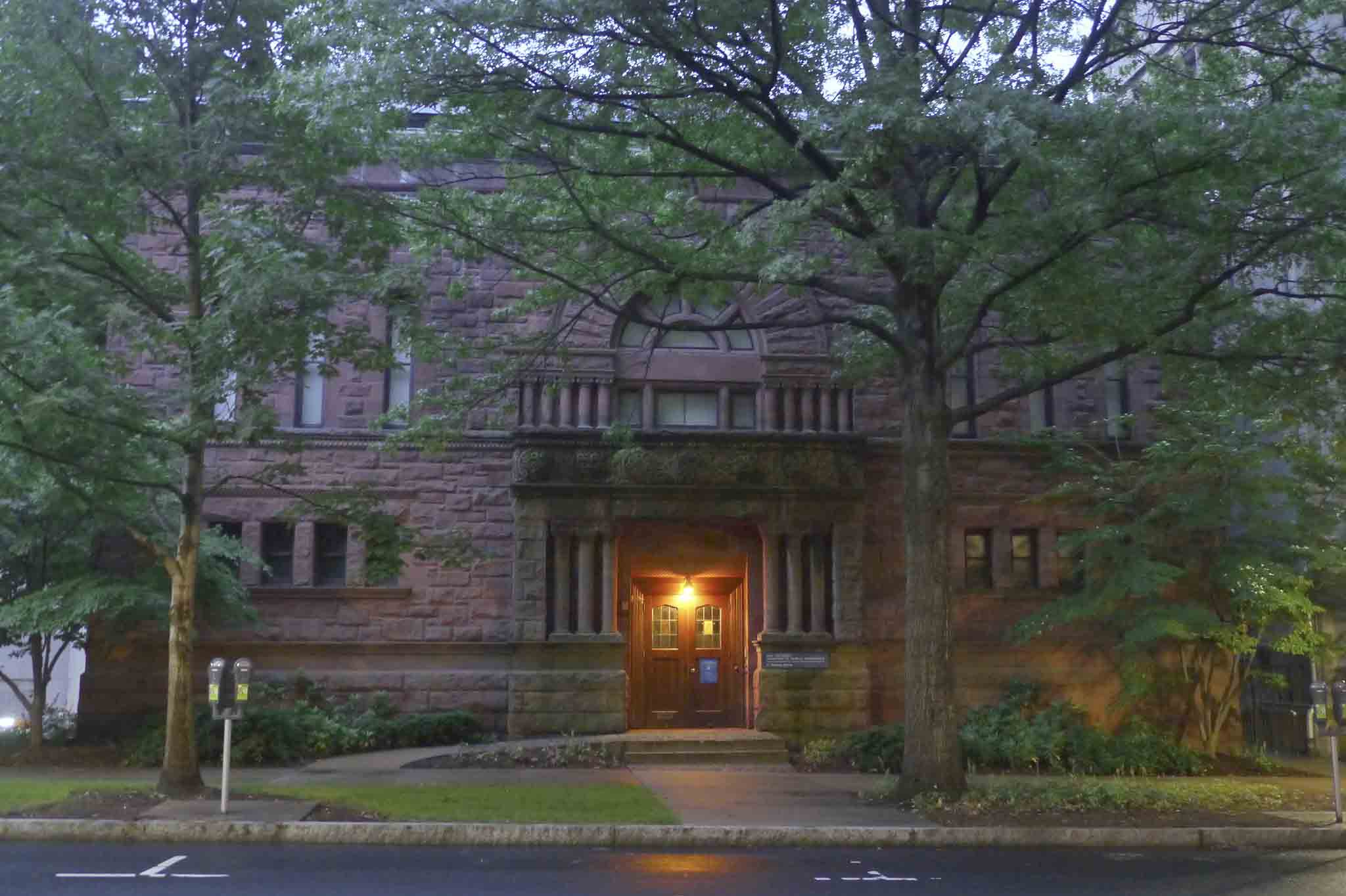
Nick Allen
Ever wondered how Schubert’s music sounded in his time?
On Sunday, audience members at the last performance of the Yale Collection of Musical Instruments concert series got a rare glimpse into Schubert’s 19th-century soundscape. Amid harpsichords and pianofortes, the listeners enjoyed a rendition of three Schubert pieces performed by Smithsonian Chamber Players, who used a mix of historical instruments and replicas.
“I love Schubert and chamber music, and I’ve been coming for years to this concert series,” said Tatyana Kagan, a concert attendee who works at Yale. “I’ve never heard the octet that we’re going to hear in the second half, so I’m looking forward to it.”
As was the case for previous concerts in the series, tickets for this performance were sold out at least two weeks in advance.
Smithsonian Chamber Players, who often perform using instruments from the Smithsonian Institution’s musical instruments collection, played two string quartets as well as the hourlong “Octet in F Major.” Although the octet is based on Beethoven’s popular “Op. 20 Septet in E-flat Major,” which is written for seven instruments, the octet was played by an ensemble of eight, due to the additional violin. In total, the octet called for two violins, a viola, a violoncello, a double bass, a clarinet, a bassoon and a natural horn.
“It is very difficult to get eight people together,” said Susan Thompson MUS ’79, curator of the Yale collection. “But it is a fantastic piece and gave us an opportunity to program some 19th-century music instead of just 17th or 18th.”
The performers used string instruments made before the 20th century, including a Stradivarius violin created in 1727. Unlike modern string instruments, historical violins, violas, violoncellos and contrabasses use gut strings — made of animal intestines — rather than metal strings.
“The basic quality of the sound is different,” said Kenneth Slowik, artistic director of the Smithsonian Chamber Music Society. “The material affects how we play, how much we can vibrate.”
William Purvis, director of the Yale Collection of Musical Instruments, added that the use of the bow is also different from the modern technique. Wind instruments such as the clarinet had fewer keys than their modern counterparts, and the older horns had no valves, Purvis said. In addition, older instruments are not as loud because they were made to be performed in smaller halls. Thus, the octet, which can be forceful and energetic at times, pushed the technical boundaries of those instruments at the time it was written, Purvis said.
This is the 50th anniversary of the founding of the Yale Collection of Musical Instruments concert series. Thompson said the collection founded the concert series to share its holdings and bring the sound of historical musical instruments to the public.
“The sounds produced by historical instruments are so beautiful and you can’t get the same with modern ones,” Slowik said. “It’s not to say one way is better than another, but for those of us playing them, it is more interesting.”
Le Vi Pham | levi.pham@yale.edu
Correction, April 24: A previous version of the headline stated that a Yale group performed Schubert with historical instruments. The actual performers, the Smithsonian Chamber Players, do no belong to a Yale-affiliated group. The headline has been updated to reflect this mistake.







